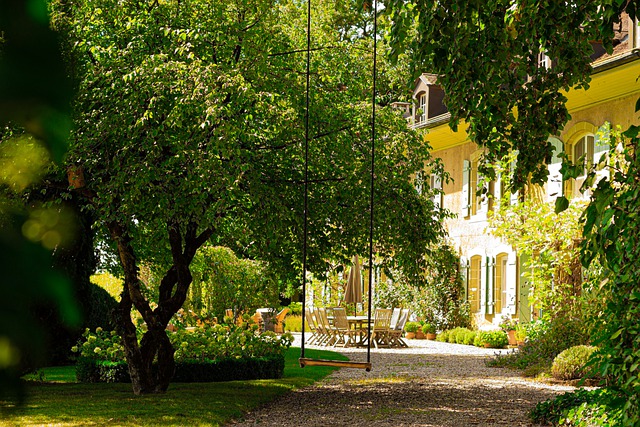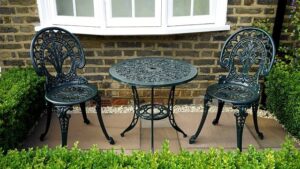Introduction
Cleaning antique wood furniture requires special care and attention to preserve its beauty and value. Over time, these pieces can accumulate dirt, grime, and even damage from neglect or improper cleaning methods. In this article, we will explore the best practices and techniques for cleaning antique wood furniture, ensuring its longevity and maintaining its original charm.
Assessing the Condition
Before diving into the cleaning process, it is crucial to assess the condition of the antique wood furniture. Carefully examine the piece for any loose or damaged parts, such as loose joints or missing veneer. Take note of any delicate or fragile areas that require extra caution during cleaning. Understanding the furniture’s condition will help you determine the appropriate cleaning methods and avoid causing further damage.
Gentle Dusting
Materials used: Soft, lint-free cloth or feather duster.
Start the cleaning process by gently dusting the antique wood furniture. Use a soft, lint-free cloth or a feather duster to remove loose dirt and debris. Avoid using abrasive materials or rough cloths that can scratch the surface. Pay close attention to intricate carvings or crevices where dust tends to accumulate. Regular dusting helps prevent the buildup of dirt and protects the furniture’s finish.
Removing Stubborn Stains
Materials used: Mild soap, warm water, soft cloth, toothbrush (soft-bristled), fine-grade steel wool (0000), mineral spirits.
For stubborn stains on antique wood furniture, a gentle cleaning solution can be used. Mix a small amount of mild soap with warm water and dampen a soft cloth in the solution. Gently rub the stained area in a circular motion, being careful not to apply excessive pressure. For intricate details or hard-to-reach areas, a soft-bristled toothbrush can be used. Once the stain is removed, rinse the cloth with clean water and wipe away any soapy residue. Dry the area thoroughly with a separate cloth.
If the stain persists, you can try using fine-grade steel wool (0000) lightly. Rub the stained area in the direction of the wood grain, applying gentle pressure. Be cautious not to overdo it, as excessive scrubbing can damage the wood. Afterward, wipe away any residue with a clean cloth and ensure the surface is completely dry. If the stain is still visible, consult a professional restoration expert.
In some cases, mineral spirits can be used to remove tough stains or sticky residue. Apply a small amount of mineral spirits on a clean cloth and gently rub the affected area. Always test the mineral spirits on a small, inconspicuous area first to ensure it does not harm the finish. After cleaning, wipe the surface with a damp cloth and dry it thoroughly.
Polishing and Protecting
Materials used: High-quality furniture polish, soft cloth.
After cleaning, it is essential to restore the antique wood furniture’s luster and protect its finish. Choose a high-quality furniture polish specifically designed for antique wood. Apply a small amount of the polish onto a soft cloth and gently rub it onto the surface in the direction of the wood grain. Avoid using excessive polish, as it can leave a sticky residue. Allow the polish to dry according to the manufacturer’s instructions, and then buff the surface with a clean cloth to achieve a beautiful shine. Regular polishing helps nourish the wood and maintain its natural beauty.
Conclusion
Cleaning antique wood furniture requires a delicate touch and the use of appropriate materials and techniques. By assessing the condition, gently dusting, removing stubborn stains with care, and polishing and protecting the surface, you can ensure the longevity and beauty of your antique wood furniture. Remember to always handle these valuable pieces with caution and seek professional assistance if needed.
References
– Smithsonian Institution: www.si.edu
– The Spruce Crafts: www.thesprucecrafts.com
– Old House Journal: www.oldhouseonline.com













